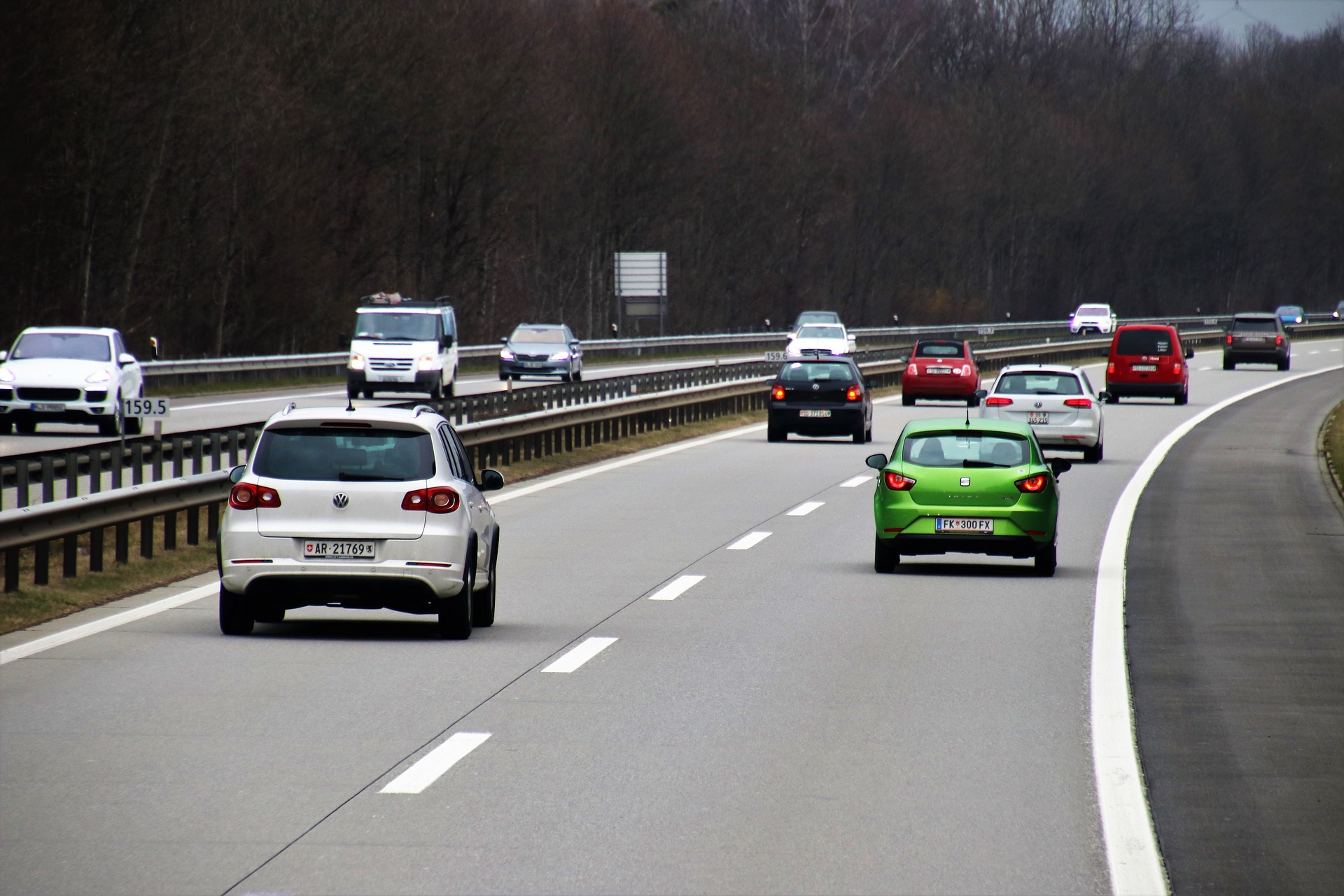Air Pollution Still Too High Across Europe
Despite slow improvements, air pollution continues to exceed European Union and World Health Organization limits and guidelines, according to updated data and information...
Read Full Article
Greenhouse gas emissions across the European Union rose slightly in 2017, mostly because of the transport sector.
Preliminary estimates published on October 26 in the European Environment Agency’s (EEA) annual ‘trends and projections’ assessments show a 0.6% emissions increase in 2017 from 2016. This limited increase means that the EU is still expected to achieve its 2020 emissions reduction target, albeit by a narrower margin. However, national measures will need to be urgently stepped up to achieve the EU’s new reduction targets for 2030.
EU Member States cannot afford to take progress beyond 2020 for granted. The data clearly shows a need to break further the link between emissions and economic growth.
Hans Bruyninckx, EEA Executive Director said: "The ‘Trends and Projections in Europe' study includes an assessment of progress towards the EU’s climate targets, preliminary EU greenhouse gas emissions estimates for 2017, a specific analysis of trends and projections in the EU Emissions Trading System. It is published yearly by the EEA to take stock of the EU’s and Member States’ progress in meeting their climate and energy targets, which includes reducing greenhouse gas emissions by 20% compared to 1990 levels by 2020 and at least 40% by 2030.
"Member States must plan and deliver on ambitious policies and measures if we are to meet our 2030 targets and our Paris agreement commitments," Bruyninckx continued.
Greenhouse gas rise
According to the preliminary data, emissions in 2017 across the whole EU increased by 0.6% from the year before. This corresponds to a 21.9% drop in emissions between 1990 and 2017. The slight increase prolongs a relatively stable trend in emissions observed since 2014, after a 10-year period of almost continuous reductions between 2004 and 2014. The rise is mostly due to the increase of oil consumption from road transport.
The energy sector was able to reduce its emissions due to the decreasing share of coal used to produce electricity and heat in the EU.
Emissions Trading
In the EU Emissions Trading System, emissions from stationary installations increased by 0.2% in 2017 from 2016. Power generation continues to drive emission reductions in the trading system. Emissions trends for industrial installations have been more variable, reflecting the economic developments observed in Europe over the last three trading periods.
Aviation emissions from intra-EU flights, which are also included, grew by 4.5% in 2017 compared to the year before. The overall surplus of emission allowances continued to decline, for the third consecutive year, as a result of inter alia lower volumes of allowances being allocated for free.
Effort Sharing
In 2017, emissions covered by the Effort Sharing Decision (ESD) (including transport, buildings, agriculture and waste) increased for the third year in a row. The rise was mostly driven again by the road transport sector. Twenty-two Member States have emitted less than their annual greenhouse gas emission targets under the ESD set for 2016. This number is estimated to have decreased to 18 Member States in 2017.
UK leading
While total emissions from the entire EU remain below the 2020 target, the latest projections show that greenhouse gas emissions increased in more than half (17) of the EU Member States in 2017. The largest absolute growth in emissions occurred in Spain. Poland and France also saw large growth in emissions. The largest declines compared with 2016 occurred in Denmark, Finland and the United Kingdom.
2030
According to reported projections, EU-wide reductions of emissions by 2030 will reach only 30% below 1990 levels, based on existing mitigation measures, and only 32% when additional planned mitigation measures are considered.
Only six Member States project emission levels below their respective 2030 targets under the EU’s Effort Sharing Regulation.
Picture: Greenhouse gas emissions across the European Union have risen because of transport.
Article written by Brian Shillibeer | Published 01 November 2018
Despite slow improvements, air pollution continues to exceed European Union and World Health Organization limits and guidelines, according to updated data and information...
Read Full ArticleThe Building Engineering Services Association (BESA) says it is surprised that changes to pollution laws announced by the government ignore the importance of indoor air...
Read Full ArticleThe World Health Organisation has updated its official air quality guidelines, as air pollution remains one of the greatest environmental risks to health. The...
Read Full ArticleThe success of China’s clean air policies may result in additional global warming for the entire northern hemisphere. In a new paper published in Environmental...
Read Full ArticleNew research shows outdoor workers in London are exposed to 15% more pollution than the average. “We are building the evidence base that proves government must act...
Read Full ArticleThe enforcers behind London's Ultra Low Emissions Zone say the scheme has already brought about a 13,500 cars a day reduction - and thus cuts toxic air pollution by a...
Read Full ArticleA leading climatologist has said that the computer simulations that are used to predict global warming are failing on a key measure of the climate today and cannot be...
Read Full ArticleThe popularity of electric vehicles could lead to nationwide road tolls for all drivers totalling £700 a year, according to financial experts. A new report by...
Read Full ArticlePlans for the UK's first fully electric refuse fleet have been revealed as Veolia has signed a new tech-driven City of London waste contract. The City of London...
Read Full ArticleThe world’s first 24 hour Ultra Low Emission Zone covering central London got going on Monday April 8 but Caroline Russell of the London Assembly Environment...
Read Full Article